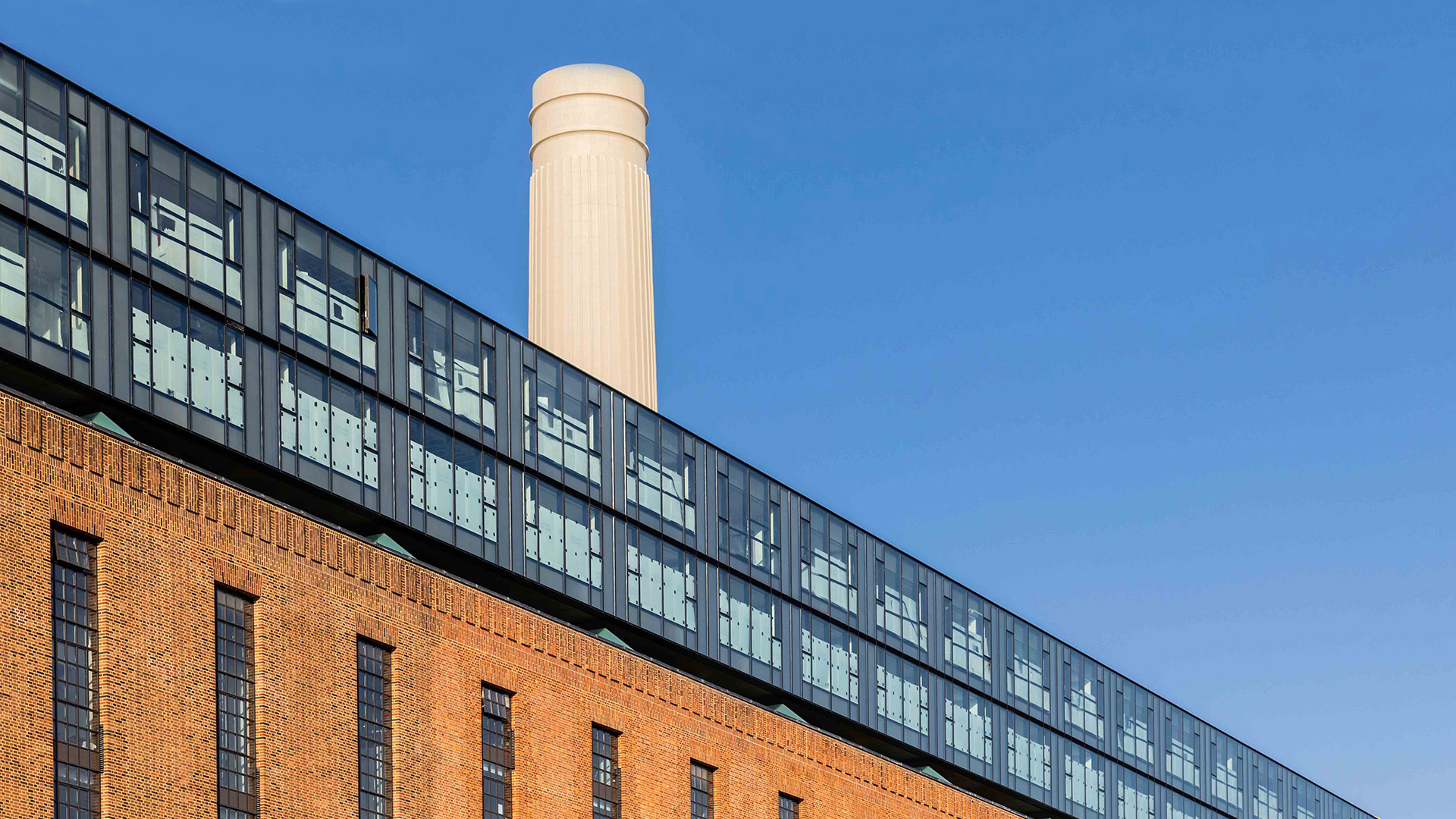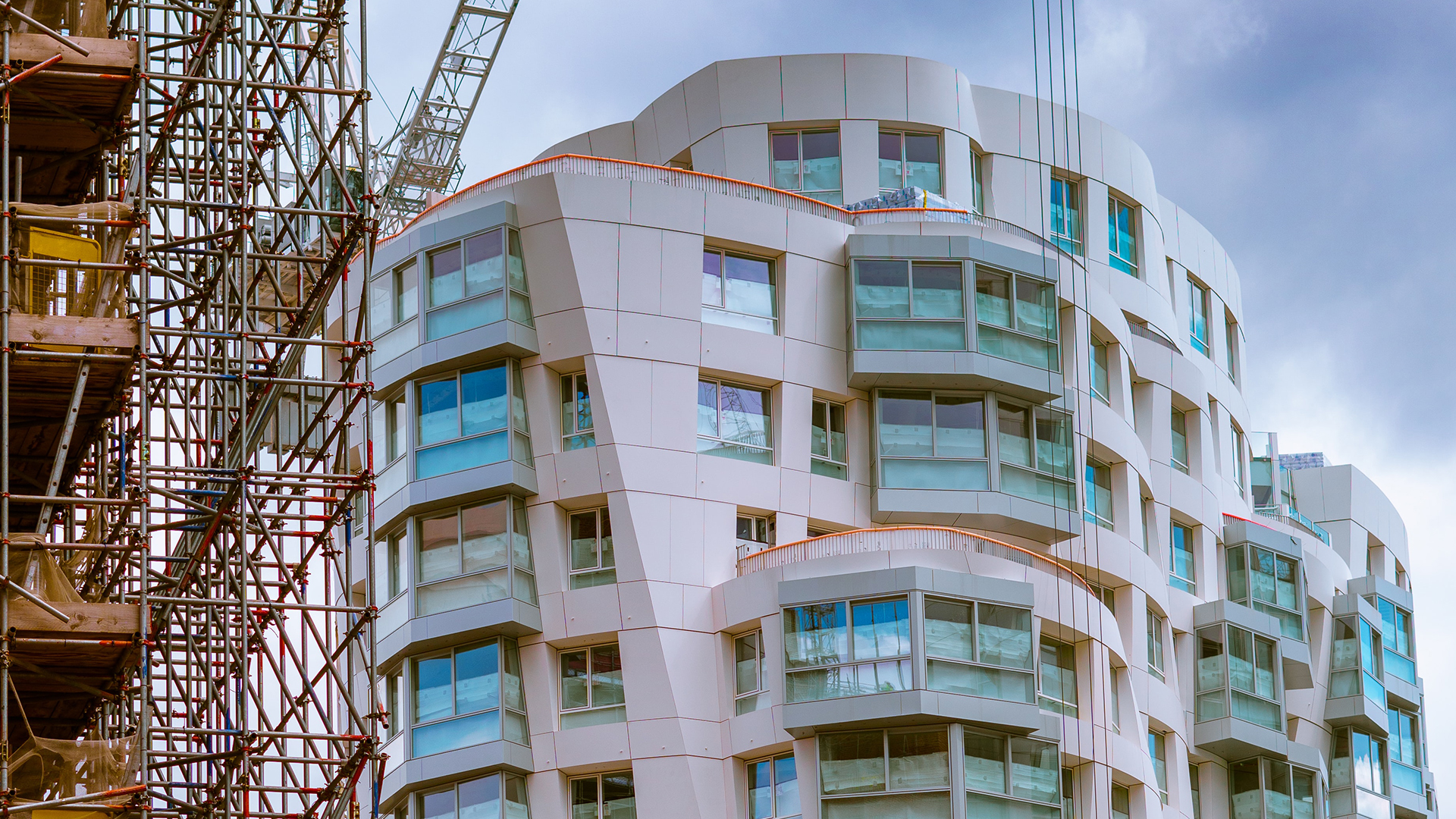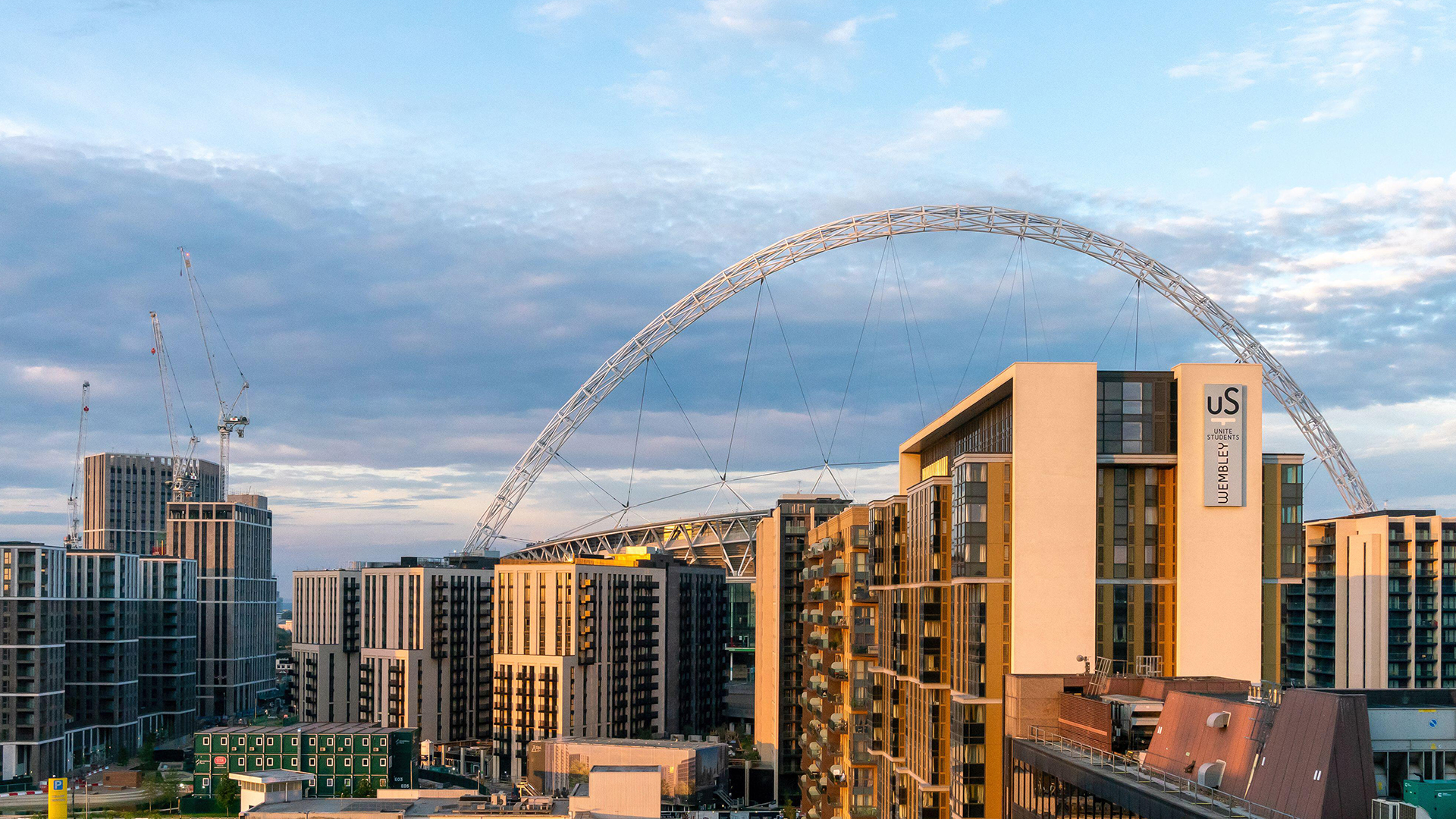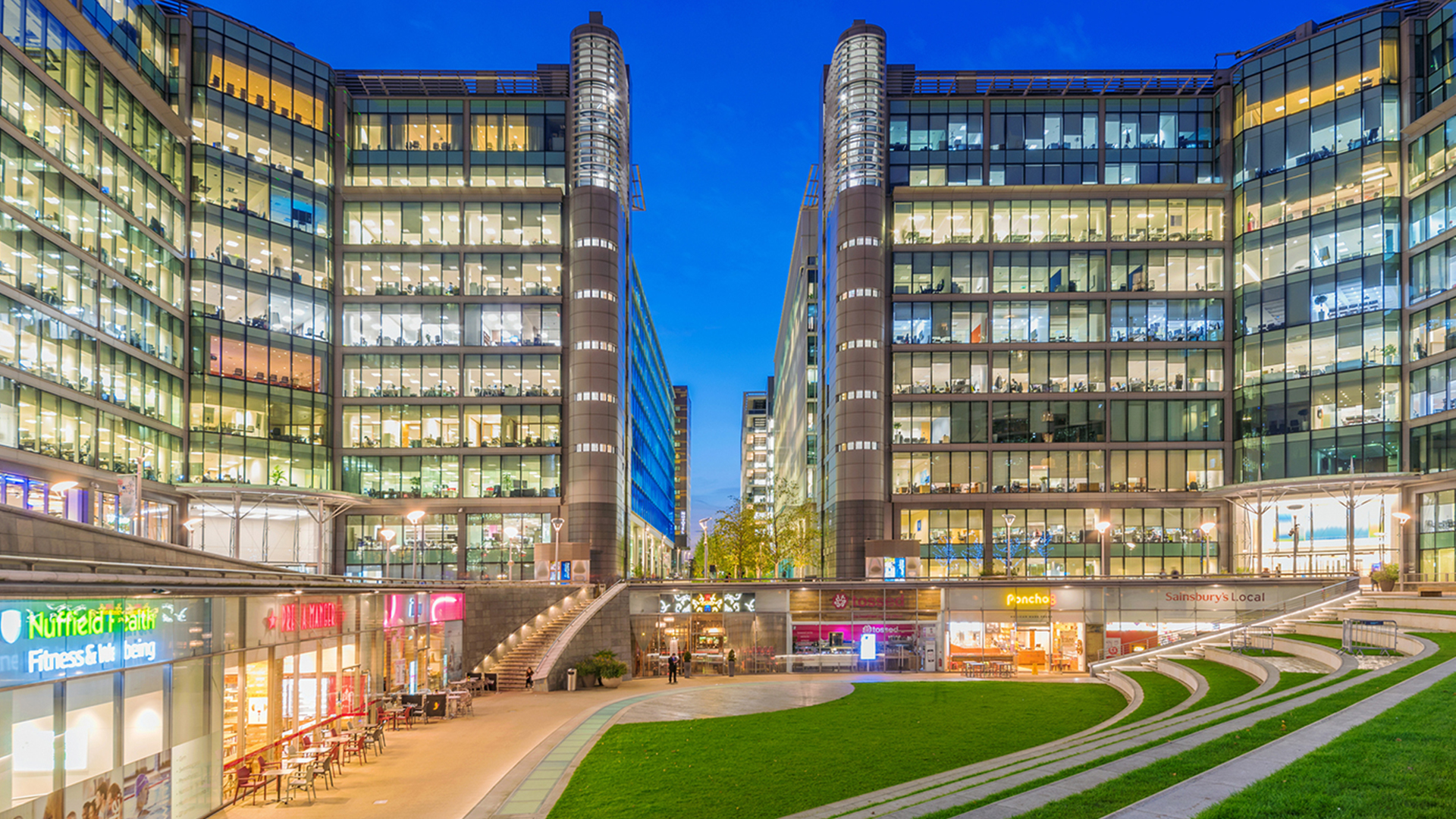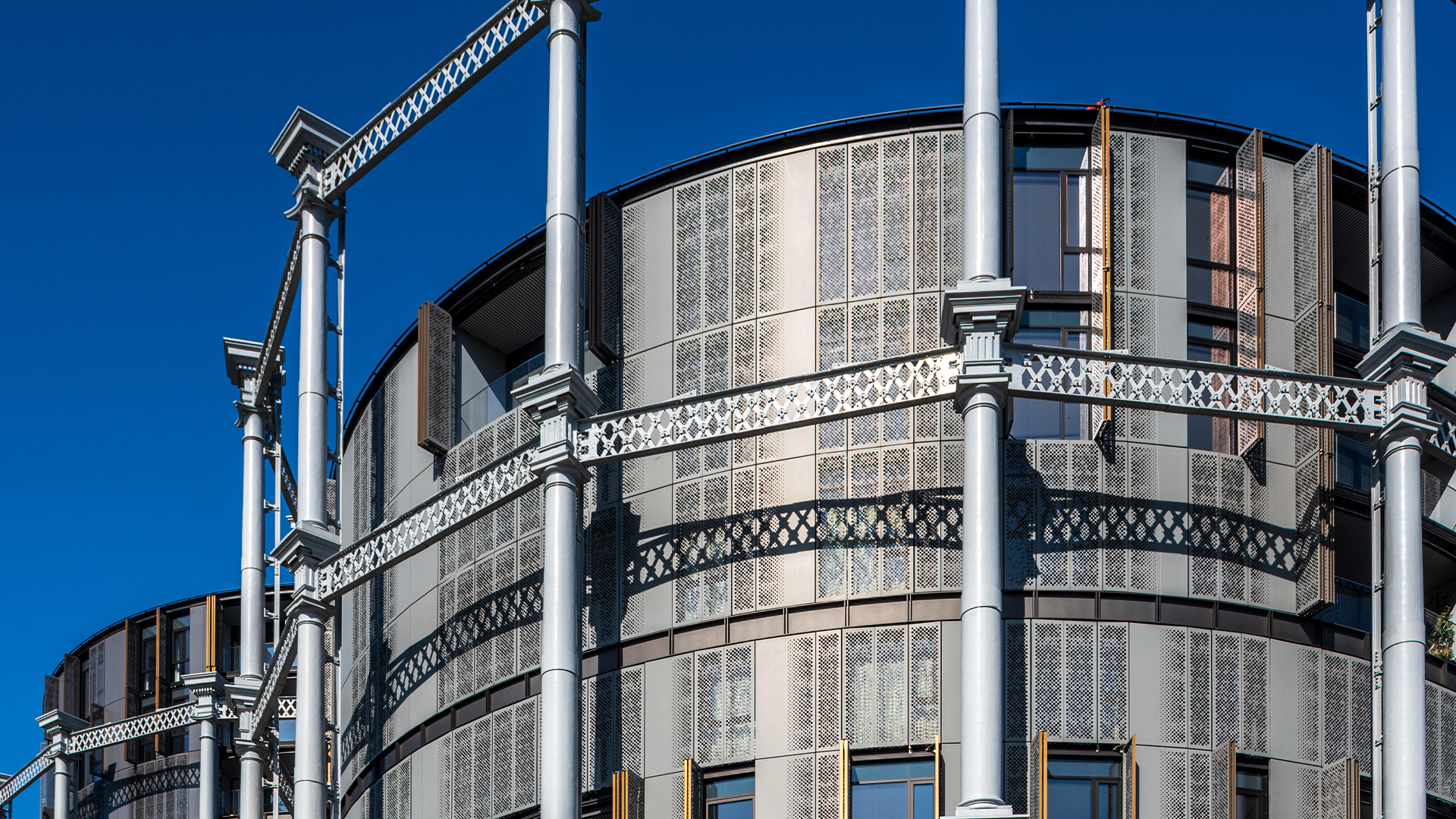“In the previous version (BS 9251:2014) there was no distinction between a block of flats with 2 floors or 22 floors.”
The installation of automatic fire sprinkler systems are becoming much more common in the UK due to legislation changes and particularly after the Grenfell Tower disaster in June 2017 which killed 72 people and has led to wide ranging changes to building control requirements.
The most recent change for sprinkler code standards in residential buildings is the update to BS 9251:2021 which was published in June 2021. This update includes various major and minor changes including a new category 4 which specifically targets buildings over 18m. In the previous version (BS 9251:2014) there was no distinction between a block of flats with 2 floors and 22 floors.
The domino effect for BS9251 changes
On the eve of the Grenfell Tower tragedy only 1 in 50 tower blocks had a sprinkler system installed. Since the emblematic fire and its implications for the UK social justice system, the public has not only become more aware of the fire protection problem for high rises it has also educated itself on the benefits of sprinkler systems and the positive impact for residential properties.
The fall out of the Grenfell Tower disaster, subsequent year on year reviews and recommendation created a domino effect within the fire protection industry. This enabled system wide changes on how high-rise buildings should be better protected and stricter regulation on sprinkler protection in residential buildings.
One of the key reviews and catalysts for change was the Dame Judith Hackitt report released in May 2018, in direct response to the Grenfell Tower disaster. The report outlined the systematic failures in effectively protecting people from fire in our buildings, looking specifically at the Grenfell tragedy and what could’ve been done to prevent such colossal loss of life. The independent report also took a larger viewpoint and outlined what we, as a society, need to implement to ensure that people are kept safer for the whole life cycle of a building across the country.
Another key catalyst was the Grenfell Tower Inquiry which was launched in 2017 and is still ongoing. The inquiry has received significant media coverage and nationwide public interest. Phase 1 of the inquiry was published in 2019 and recommendations included stricter laws and inspections of high rise building as well as improved communication between construction companies and building management; improving national guidelines to protect residential properties from fire. Phase 2 was launched in 2020 and is expected to take 18 months, involving 200,000 unseen documents.
There are currently several major residential redevelopment projects ongoing across London including, Battersea Power Station, Wembley Park, Paddington Basin and Gasholders, all of which will have fire sprinkler protection installed.
Industry organisations join forces for full revision of BS 9251
There is already an existing EU standard on the design, installation and maintenance of residential sprinkler systems (BS EN 16925:2018) which was principally written for Europe and for countries that did not already have a standard. In the UK, the industry was using BS EN 16925:2018 for scenarios that BS 9251:2014 did not cover. Consequently, BAFSA, BRE, the Fire and Rescue Service as well as other industry organisations worked together to release an updated version of the BS 9251 in June 2021 with stricter regulations and guidance for residential sprinklers systems. The changes mark a historic move for keeping people safe from fire in high rise residential buildings and are welcomed by the industry already having a positive impact on how future and current residential and domestic high-rise properties will be protected from fire in England.
What these changes mean for the fire protection landscape in the UK is; all new residential buildings in Wales and Scotland will be sprinkler protected. In England, all new residential buildings over 11m must be sprinkler protected.
Buildings over 18m in height now come under the newly created category 4. The major change for this category is the requirement of an enhanced water supply which is now quite similar to a commercial life safety system, typically requiring two half capacity tanks and two independent pump sets. The duration of supply has increased from 30mins to 60mins which doubles tank size.
Other noteworthy changes to the standard include:
-
- The introduction of monitored isolation valves
- Formalisation of shadow areas (obstructions)
- Additional detail regarding permitted exceptions for sprinkler coverage
- More detail on the use of CPVC pipe and fittings
- More requirements for administration components such as plans, labels, and manuals
Another major change to the standard is the ability to protect small non-residential areas, such as bin stores, retail and office areas under the same standard (often with increased area of operation and discharge density). This is a welcome addition to many as it formalises this practice and sets clear limitations to follow.
The maintenance routine has also seen some welcome improvements, for example, the requirement for a long-term inspection and overall after 25 years again, bringing the standard more in line with its commercial counterpart.
Conclusion
As the public becomes more and more aware of how efficiently sprinkler systems protect life in our residential high rises across the country, more and more is being done in the industry to ensure the right guidance and regulations are available from design and installation to maintenance of sprinkler systems. BS9251:2021 is the latest update to be released in a chain of measures since Grenfell Tower to ensure a tragedy on such a scale never happens again.
Thanks to industry wide collaboration, BS9251:2021 changes provide up to date and consistent guidelines for residential high-rise sprinkler systems.
